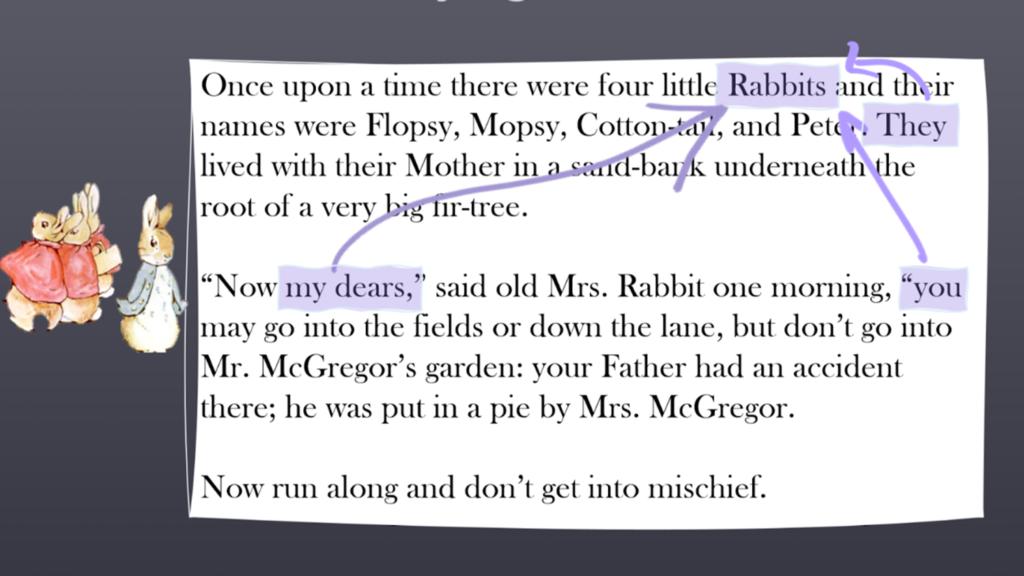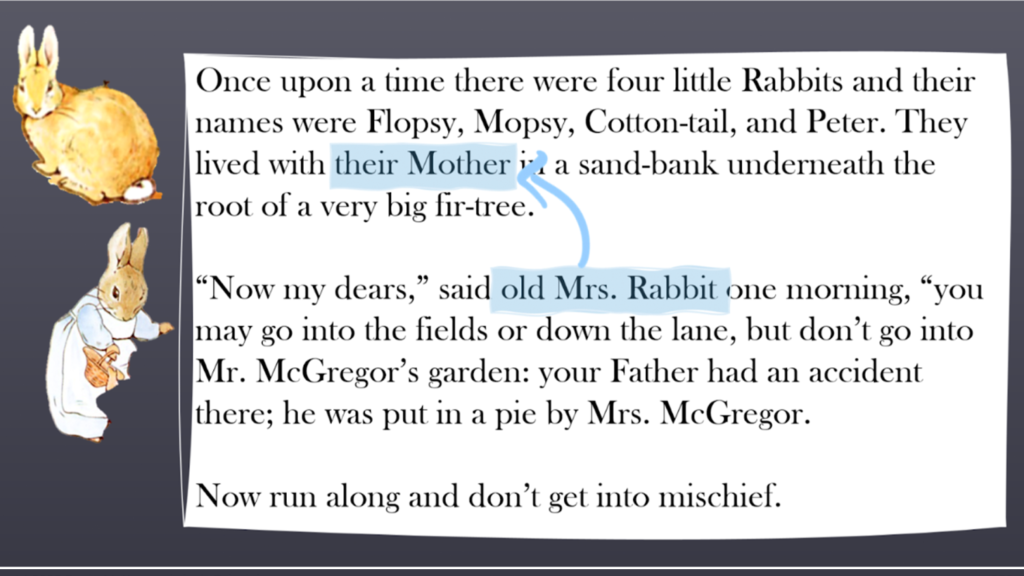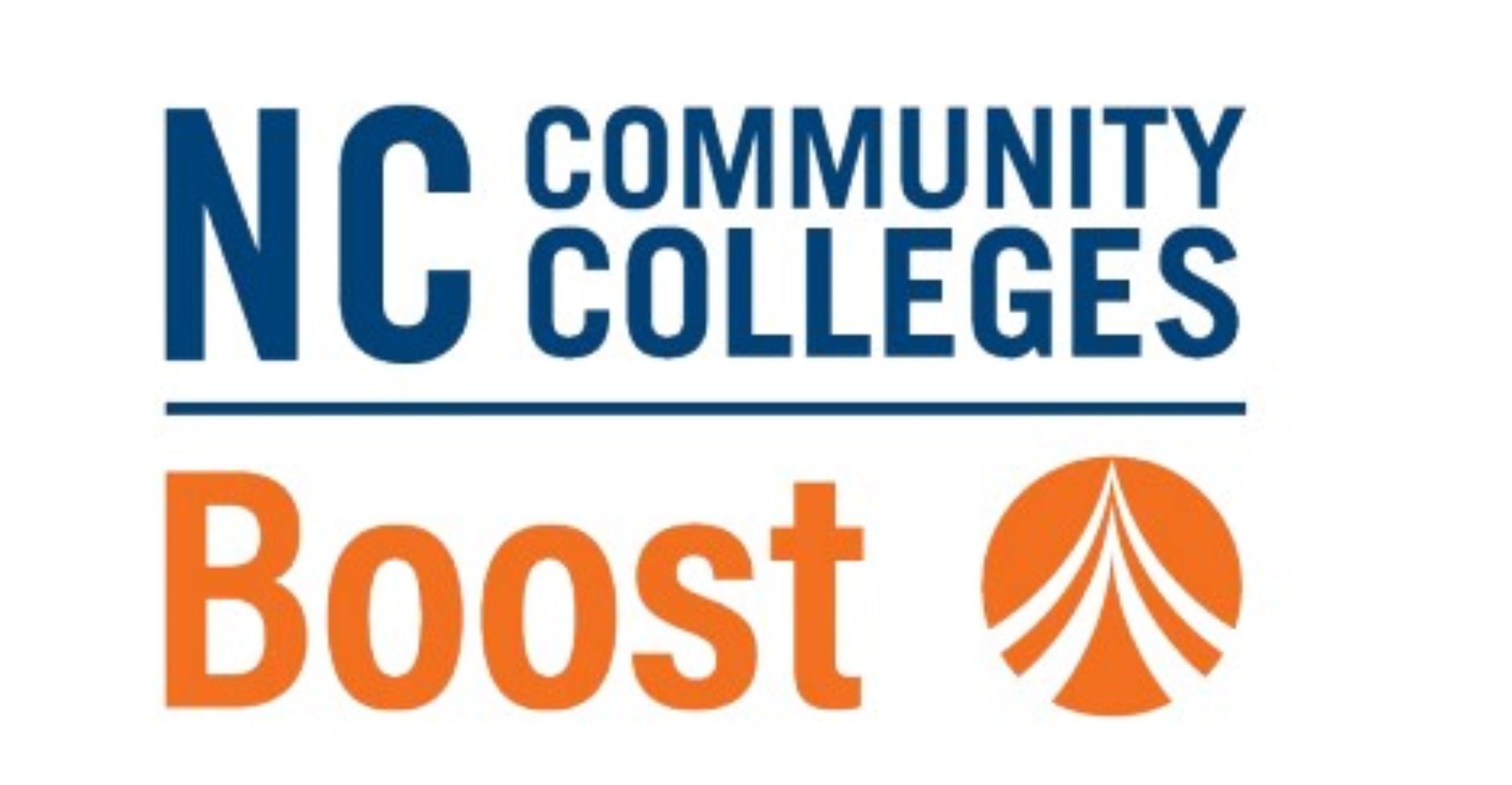How Can Teachers Implement Effective Literacy Instruction? ‘The Key is to Know Which Strategies Are Actually Based on Research,’ Says Goodnight Distinguished Professor in Early Literacy Devin Kearns
When Devin Kearns, the NC State College of Education Distinguished Professor in Early Literacy, began his career as a third-grade teacher, he realized that he was not adequately prepared with the skills he needed to help his students in reading.
In his own journey to improve his skills, Kearns learned about the science that explains why reading works and that the key to effective literacy instruction lies both in knowing which teaching strategies are research-based and when you, as a teacher, are actually prepared to implement new strategies in the classroom.
“I think the key is to know which strategies are actually based on research and which ones people tell you are a good idea—but aren’t. That’s a really hard thing to do as a teacher,” he said. “I think it’s important to be cautious and thoughtful when you learn a new strategy or technique. Don’t just try things right away without being fully prepared. Many teachers make that mistake—including me when I was a new teacher.”
Kearns—who studies how students in elementary grades learn to read and designs instructional programs to better meet the needs of these students—shares some tips and resources for educators below.
Strategies for Effective Literacy Instruction For…
Phonological Awareness
Successful literacy instruction combines a balance of word recognition as well as phonological awareness, or the ability to detect and manipulate sound units within words. Kearns said he has conducted professional development for many teachers who did not feel prepared to teach students how to break words into sound parts or spent the wrong amount of time; five minutes a day in kindergarten and first grade—focused on identifying, segmenting, and blending sounds in spoken words.
In the following video, Kearns demonstrates examples of how to use these strategies with students.
Reading Comprehension
Being able to say the words doesn’t matter if students don’t know what they mean. One effective way to practice and improve comprehension, Kearns said, is to stop reading and have students summarize a short section—even a paragraph.
“In terms of reading comprehension, students can have difficulty at multiple levels. It can be at the word level, where they don’t understand what the word means. It can be at the sentence level, where they don’t understand what the sentence means, and then of course it can be at a paragraph or a whole-text level. And that’s why summarizing is so important, because it gets that paragraph level knowledge,” Kearns said. “Summarizing is the number one most powerful reading strategy you can teach students to use.”
In the following video, Kearns shares three steps to help students learn to summarize.
Making Inferences
Research has shown that being able to understand word references improves reading. Authors will write a word in the first sentence and then use different words in later sentences—often pronouns. Students who get these references read better.
For example, if reading Peter Rabbit, a student could draw an arrow from the pronoun “they” in the second sentence on the page to the phrase “four little rabbits” in the first sentence. This makes it easier to understand every detail in the passage. Otherwise students just guess—and get really confused—as they try to learn how to use pronouns to infer the subject of the sentence.
“It’s really important to be able to understand pronoun reference because that helps the sentence level comprehension,” Kearns said.


What Resources Are Recommended for Improving Literacy Instruction
Finding resources online, Kearns said, can be tricky, as it’s not always easy to tell at a glance which tips and strategies are rooted in evidence-based practices. Vetted social media spaces, including Facebook, Instagram and TikTok with carefully moderated content can be a great resource, Kearns said, along with the others that are freely available.
- Google Scholar offers access to thousands of articles that can provide teachers with research-based beginning literacy strategies. However, he noted it is important to make sure to consult recent articles published within the past few years for the best results.
- American Educator, a magazine for teachers published by the American Federation of Teachers, offers peer-reviewed advice on a variety of topics, including literacy, and is available online.
- Literacy specialists and coaches, under a statewide mandate in North Carolina, are available for districts in every county to provide support and resources for public school teachers.
Although not always a viable option for all educators, Kearns also recommends that educators who want to learn more about effective literacy instruction consider an advanced, specialized degree when possible.
“Having knowledge acquired from a really good literacy program can really improve your skills,” he said. “I know I’m biased, but the online masters in literacy here at NC State does just that. We link the evidence to practice—and have our students work with early readers online!”
- Categories:



